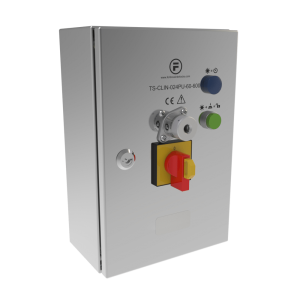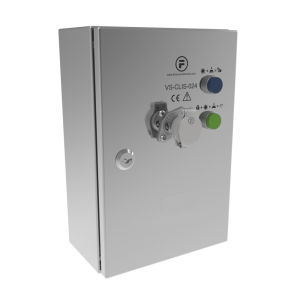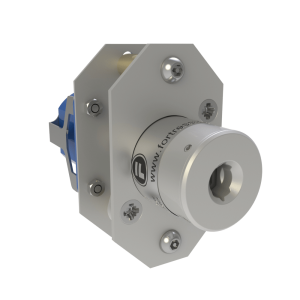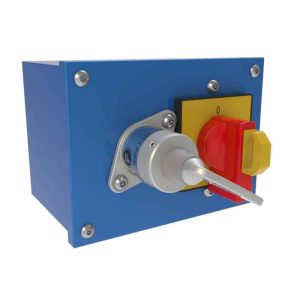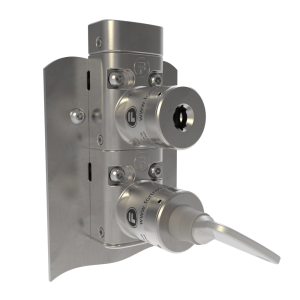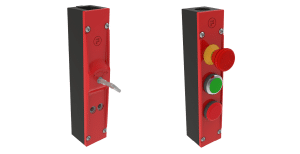Mechanical Trapped Key Interlocks
A range of mechanical trapped key interlocks designed to enforce processes without the need for electrical wiring. Cost-effective, easy to install and maintain, and ideal for areas difficult to reach with cables. mGard can enforce specific key sequences, particularly in applications involving multiple energy sources.
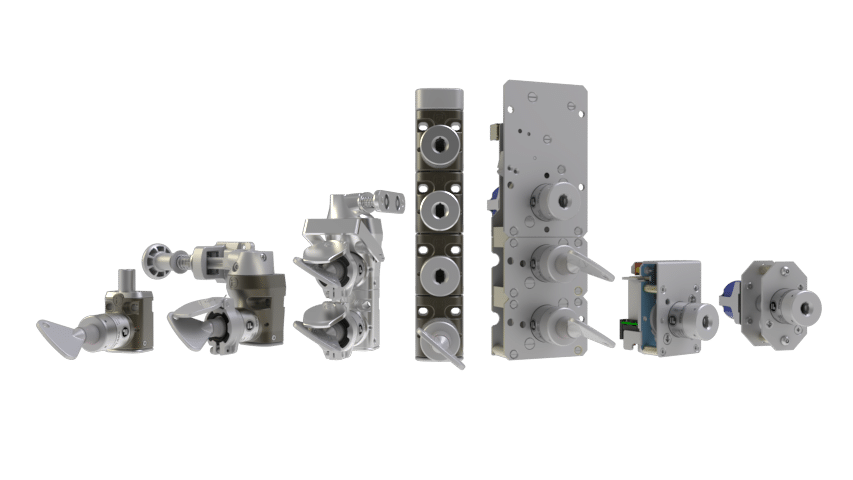

Benefits of mGard
Control Hazardous Energy
Mechanical interlocking can be used to control hazardous energy sources (e.g., electrical, pneumatic, hydraulic).
Enforce Sequences
Trapped key systems can be used to enforce a predetermined sequence of events according to the application requirements.
A Cost-Effective Solution
Fully mechanical units are easy to maintain and do not require wiring, with reduced installation cost and time.
Minimise Machine Downtime
Designed for long-term durability reducing the need for repairs and maintenance. Also available in stainless steel for harsh environments.
Enhance Safety and Compliance
Used to meet the requirement of ISO 14119 and ISO 14118. Suitable for use up to PLe/Cat. 4.
Cover Vast Areas
Enforce processes across multiple levels and long distances. Fully mechanical units are ideal for areas difficult to reach with cables.
Control Hazardous Energy
Mechanical interlocking can be used to control hazardous energy sources (e.g., electrical, pneumatic, hydraulic).
Enforce Sequences
Trapped key systems can be used to enforce a predetermined sequence of events according to the application requirements.
A Cost-Effective Solution
Fully mechanical units are easy to maintain and do not require wiring, with reduced installation cost and time.
Minimise Machine Downtime
Designed for long-term durability reducing the need for repairs and maintenance. Also available in stainless steel for harsh environments.
Enhance Safety and Compliance
Used to meet the requirement of ISO 14119 and ISO 14118. Suitable for use up to PLe/Cat. 4.
Cover Vast Areas
Enforce processes across multiple levels and long distances. Fully mechanical units are ideal for areas difficult to reach with cables.
mGard Features
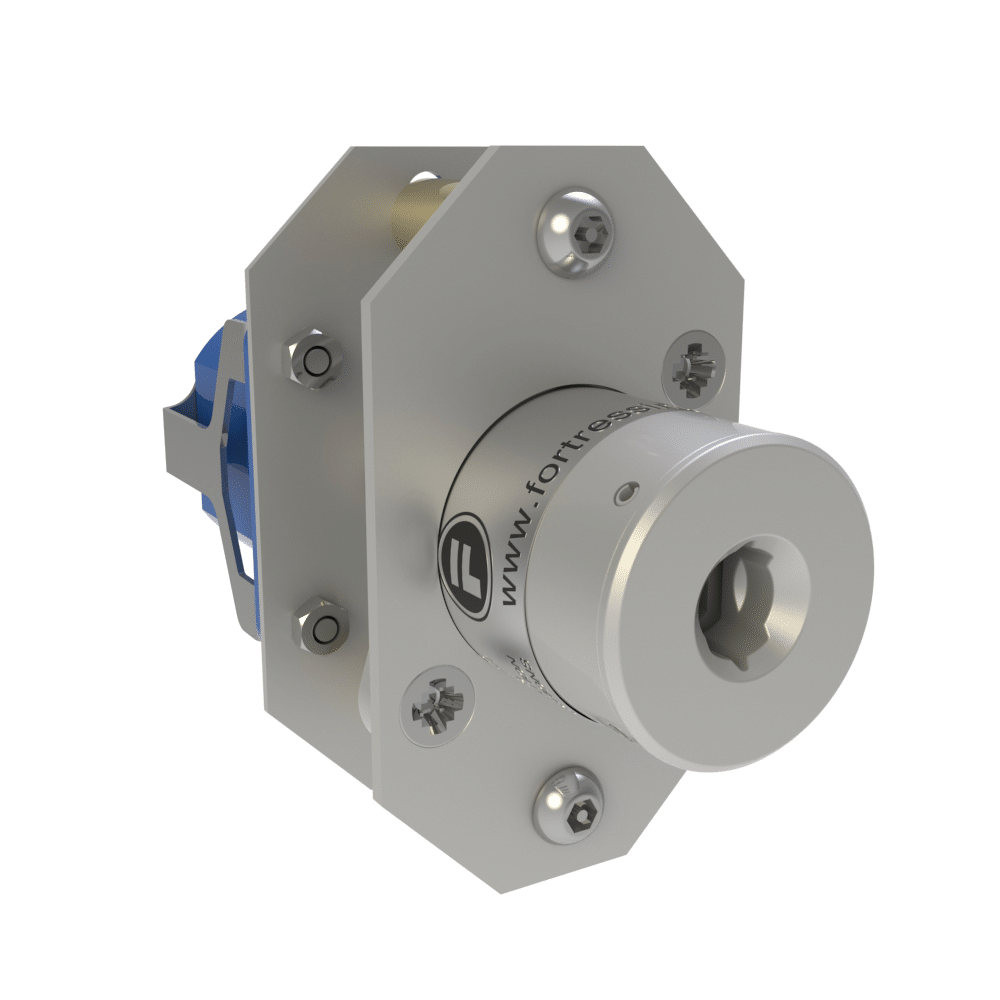
Control Interlocking
Key operated switches for electrical isolation. Time delay and voltage sensing devices to delay access until desired system conditions are met are also available.
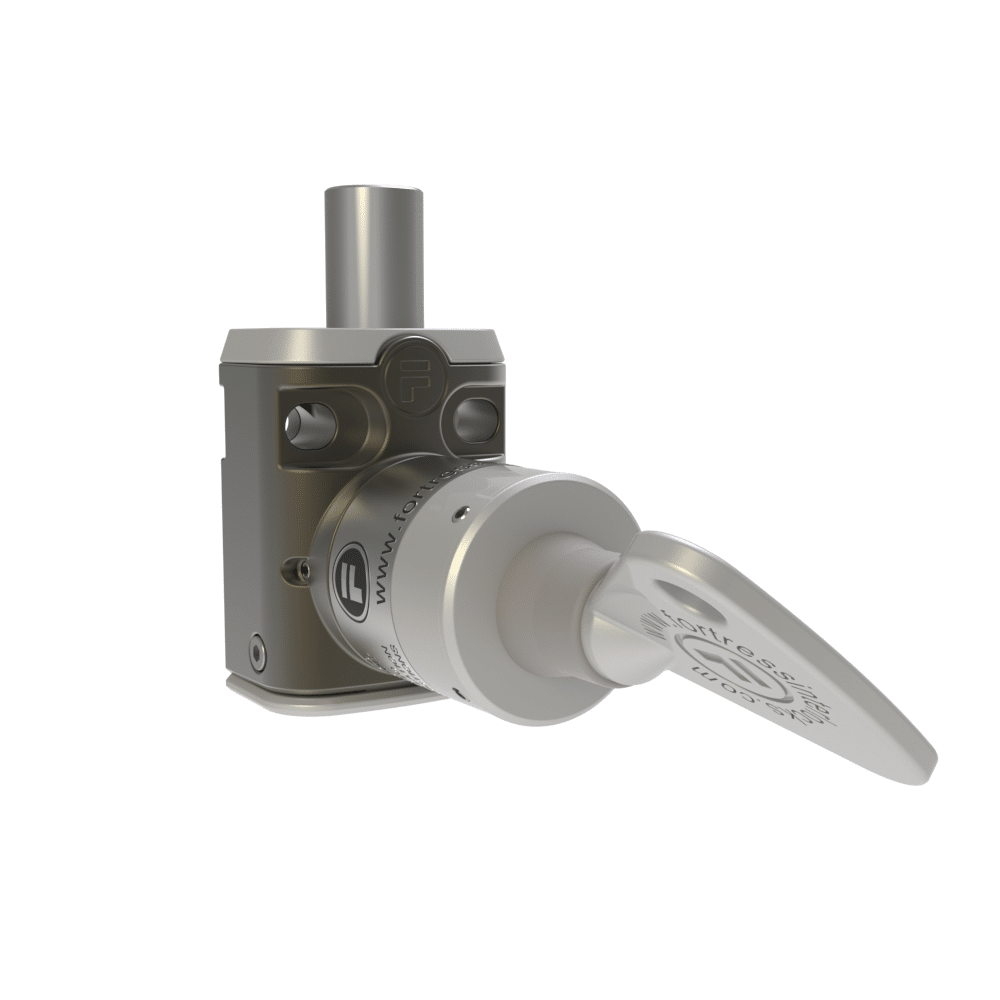
Power Interlocking
Mechanically secure energy sources (circuit breakers, valves, earth switches, etc.) with bolt module units. Valve interlocks for pneumatic and hydraulic isolation also available.
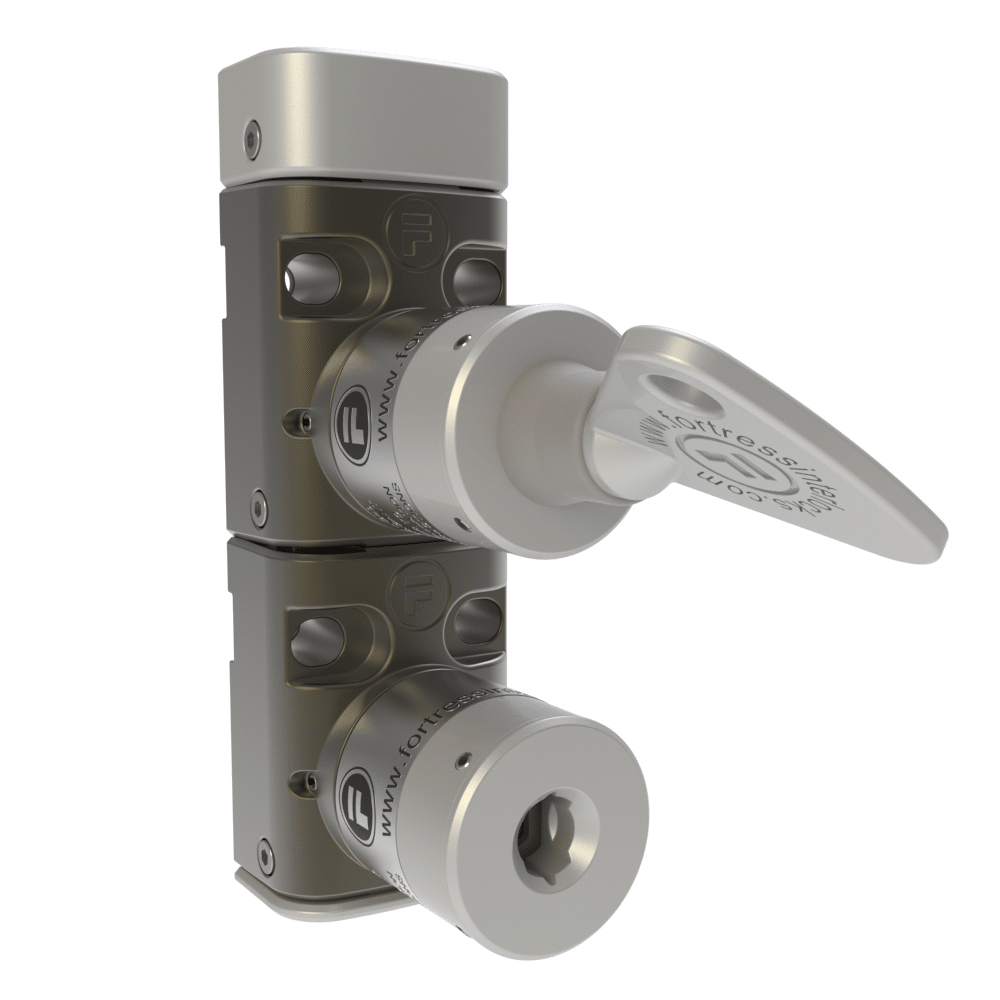
Intermediate Transfer
Key exchange devices to enforce a predetermined sequence of events. Trap or release one or multiple keys. Custom devices for specific applications can be designed.
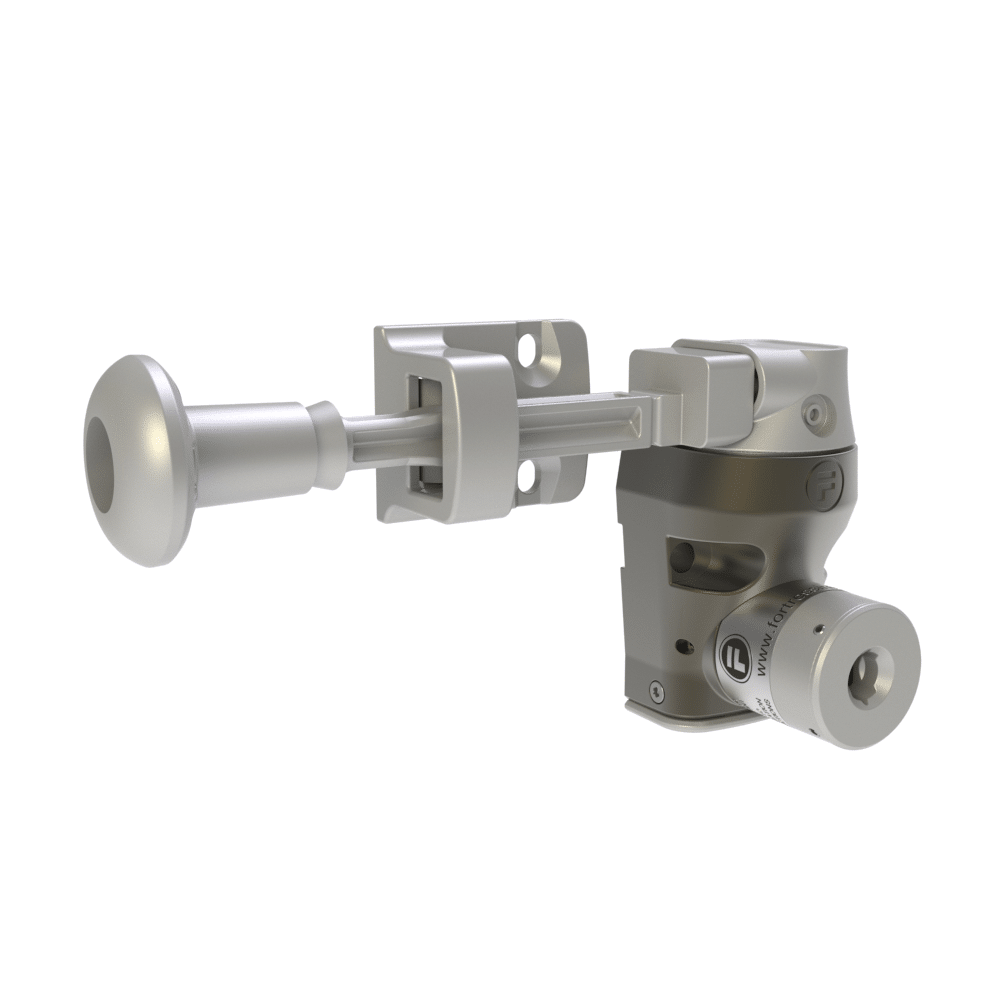
Access Control
Multiple options for access locks and actuators. No wiring required at the access point. Actuators remain closed until the correct key is inserted and rotated.
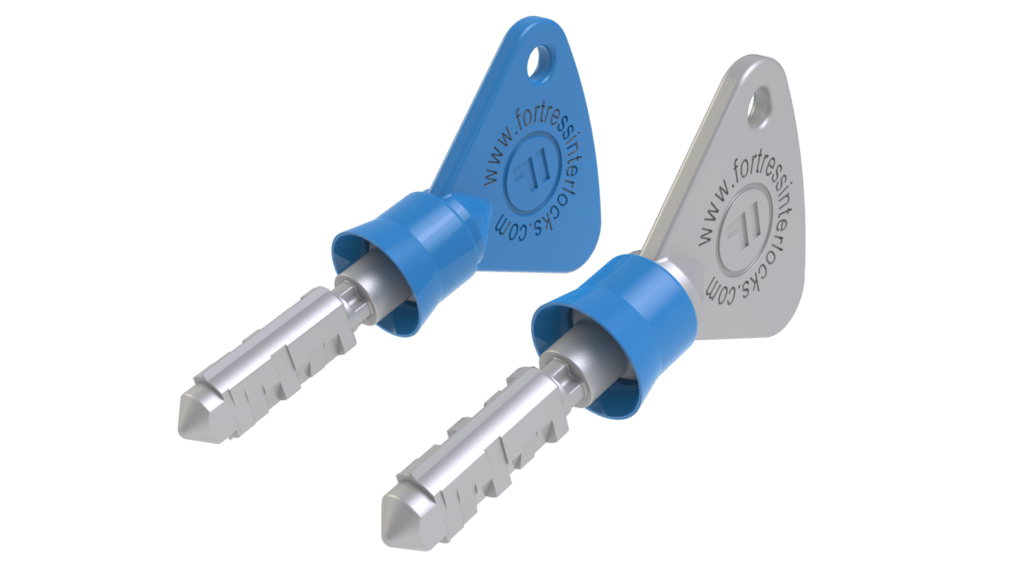
Keys and Accessories
With over 200,000 ‘cut’ combinations, keys can be engraved and customised with different colours. Standard or padlockable dustcovers and hasps are also available.
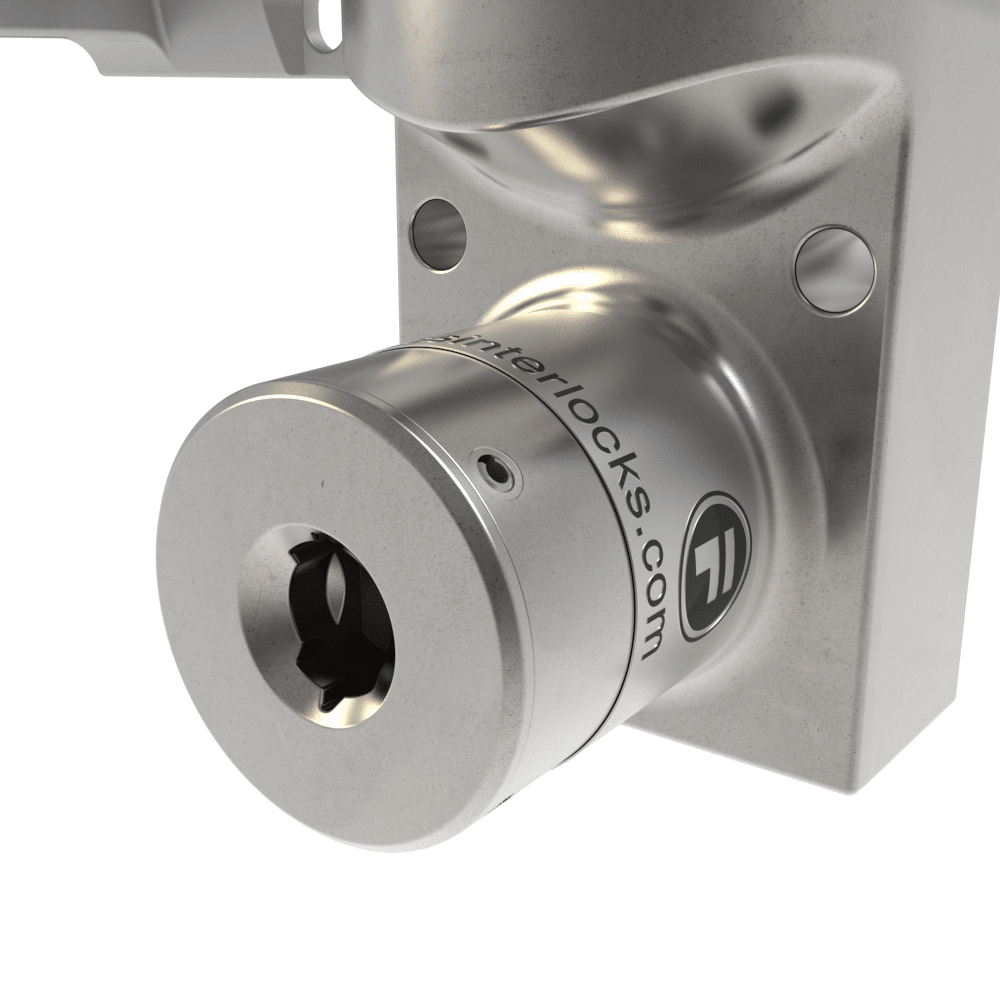
Resistance to Harsh Conditions
A robust product made of metal alloy but also available in stainless steel for the most demanding environments.

Control Interlocking
Key operated switches for electrical isolation. Time delay and voltage sensing devices to delay access until desired system conditions are met are also available.

Power Interlocking
Mechanically secure energy sources (circuit breakers, valves, earth switches, etc.) with bolt module units. Valve interlocks for pneumatic and hydraulic isolation also available.

Intermediate Transfer
Key exchange devices to enforce a predetermined sequence of events. Trap or release one or multiple keys. Custom devices for specific applications can be designed.

Access Control
Multiple options for access locks and actuators. No wiring required at the access point. Actuators remain closed until the correct key is inserted and rotated.

Keys and Accessories
With over 200,000 ‘cut’ combinations, keys can be engraved and customised with different colours. Standard or padlockable dustcovers and hasps are also available.

Resistance to Harsh Conditions
A robust product made of metal alloy but also available in stainless steel for the most demanding environments.
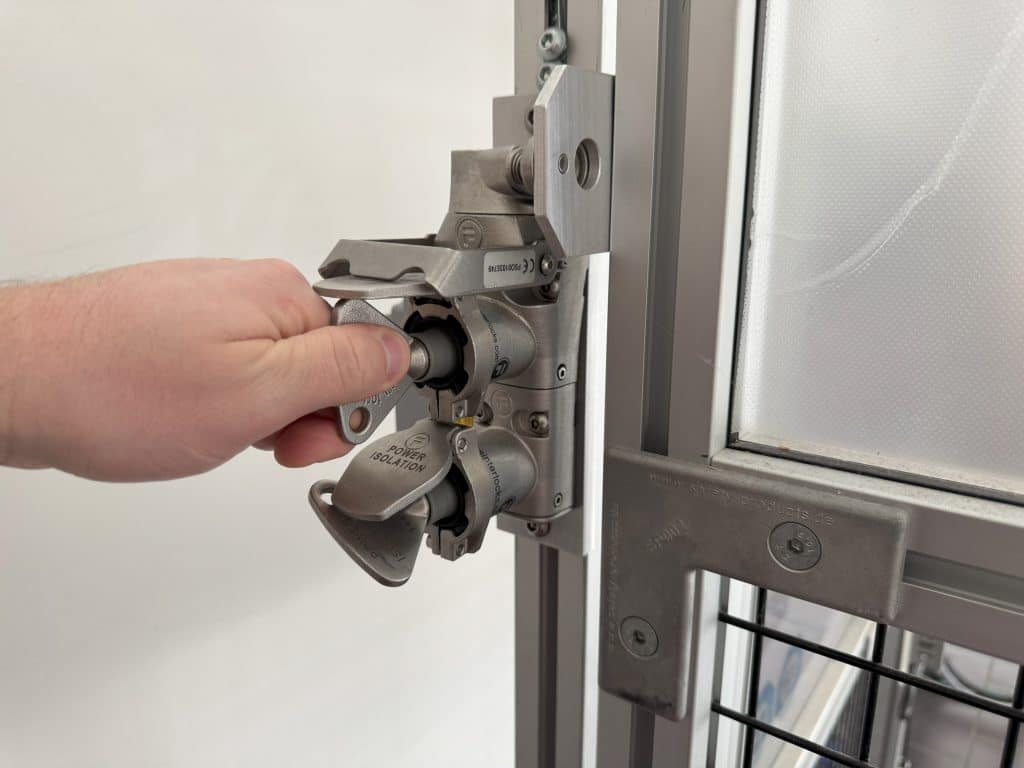
No Need for Wiring
Mechanical interlocks eliminate most of the electrical wiring associated with other types of interlocks, making mGard cost effective and easy to install and maintain.
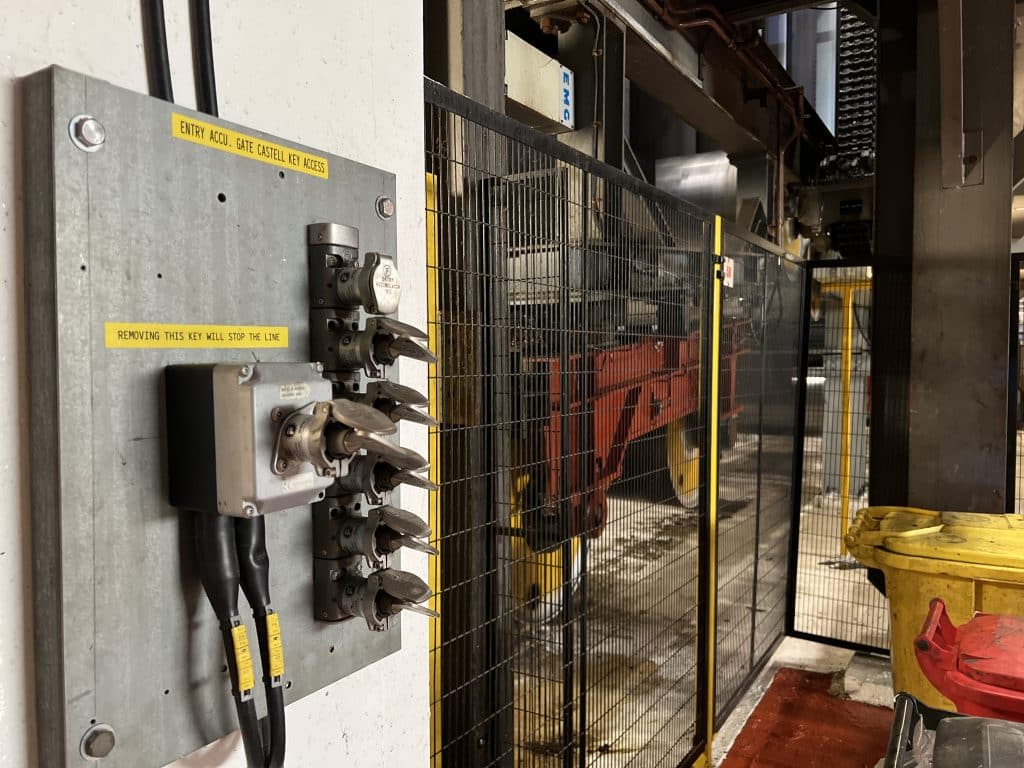
Customisable and Versatile

Speak to an expert about your access, control and safety needs
Contact our expert sales team to discuss the best solution for your application needs, or use our custom configurator to build the right solution for you.
mGard Product Catalogue
Document Downloads
Brochures
Log in to access all documents
Access additional technical files related to this product range by signing up to MyFortress
News & Insights

Not sure where to start? We’re here to help
Our dedicated team of experts are here to help create the right solution for you. They can analyse your industry and specific application needs to offer recommendations on how Fortress products could benefit your setup.

